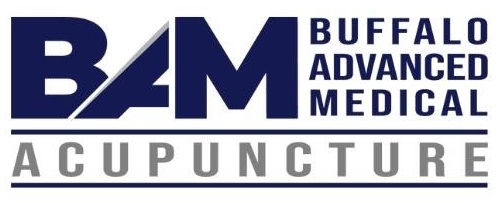What is Cord Blood?

By Annette Pinder
The American College of Obstetricians and Gynecologists (ACOG) explains that cord blood is blood from the baby that is left in the umbilical cord and placenta after birth. Cord blood contains hematopoietic stem cells that can be used to treat some types of diseases.
While most cells can only make copies of themselves, hematopoietic stem cells, found in blood and bone marrow in adults and children, can mature into different types of blood cells that can treat up to 70 types of diseases including those affecting the immune system, genetic and neurologic disorders, and certain types of cancer. Sometimes stem cells are the only available treatment for these diseases, but they are also used in research, and when other treatments don’t work.
Stem cells from cord blood can be given to more people than those that come from bone marrow, and are also less likely to cause rejection. It is easier to collect cord blood than bone marrow. Cord blood can also be frozen and stored for later use, and stem cells in cord blood help strengthen the immune system during cancer treatments.
Cord blood is kept in a public or private bank. Public cord blood banks store cord blood for transplants for use by anyone who matches, and do not charge for storage. Some public banks will store cord blood for private use if either you or a family member has a disease that may require stem cell treatment. Public bank donors must be screened for blood or immune system disorders and infections, and the cord blood also is tested after it is collected. Once it arrives at the blood bank, it is tracked by computer so it can be found quickly for any person who matches when it is needed.
Private or family banks store cord blood for use by a patient or for directed donation for a family member. Private banks charge a yearly storage fee, and must meet the same standards required by a public bank. Sometimes private banks store blood without a charge for individuals with a family member whose disorder may require stem cell treatment.
Before cord blood is collected, the bank must be notified, and a collection kit must be obtained about 6 weeks prior to the due date of the mother. Hospitals often have collection kits on hand. Donation requires a review of family history and testing of the mother’s blood. Consent is required before labor begins, and those who choose a private bank must sign a contract and pay a fee prior to the birth of the baby.
Cord blood is collected by an OB-GYN or hospital staff. After the baby is born, the umbilical cord is cut and clamped. Blood is drawn from the cord with a needle that has a bag attached, during a 10-minute process, however not all hospitals provide this service. Learn more about cord blood banking at www.healthychildren.org, www.aabb.org, and www.bethematch.org.
Article Source: The American College of Obstetricians and Gynecologists









